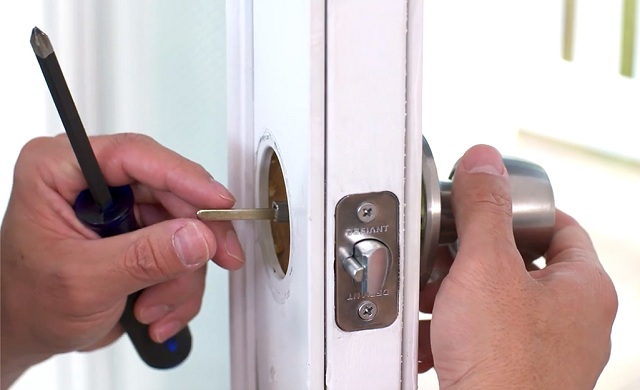Slab leaks, though invisible to the naked eye, can wreak havoc on residential and commercial properties, leading to substantial damage and costly repairs. These sneaky leaks occur when pipes located beneath the concrete foundation of a building develop small cracks or bursts, allowing water to seep into the surrounding area. As water accumulates over time, it weakens the structural integrity of the foundation, causing further damage and potential safety risks. Detecting and preventing these elusive slab leaks is of utmost importance for property owners in order to mitigate financial losses and ensure the longevity of their buildings. Fortunately, there are professional slab leak repair services available in Fort Worth that can effectively diagnose and fix these leaks, ensuring the long-term integrity of your home. In this article, we will delve into the fascinating world of slab leaks, exploring their causes, detection methods, prevention techniques, and necessary steps for repair.
The hidden danger of slab leaks
Slab leaks, often referred to as hidden plumbing leaks, can pose a significant danger if left undetected or unresolved. These leaks occur beneath the concrete slab foundation of a building and can lead to various problems, such as structural damage, mold growth, and skyrocketing water bills. The challenge lies in detecting these silent culprits before they cause irreparable harm.
One of the primary concerns with slab leaks is the potential for severe structural damage. Over time, leaking water can erode the foundation, leading to cracks or even collapses in extreme cases. This not only compromises the stability of the building but also poses a safety risk for its occupants. Another hidden danger associated with slab leaks is the growth of mold and mildew. Moisture from these leaks creates an ideal environment for mold spores to thrive within walls, floors, or carpets. Exposure to these airborne contaminants can trigger allergies or respiratory issues in susceptible individuals.
Understanding the causes of slab leaks
Slab leaks are a common problem in homes and understanding their causes is essential for effective prevention. One of the main causes of slab leaks is the aging and deterioration of pipes over time. As pipes age, they can develop cracks or holes which can lead to water leakage into the concrete slab foundation. Another cause of slab leaks is poor installation or construction practices. If pipes are not properly installed or if low-quality materials are used during construction, it can result in weak spots that are prone to leaks.
Additionally, shifts in the ground beneath the concrete slab can also cause slab leaks. This could be due to changes in soil moisture levels, seismic activity, or even tree roots growing near the foundation. When the ground moves, it puts stress on the pipes and can cause them to crack or break, leading to water leakage.
Overall, understanding these causes allows homeowners and professionals to take preventative measures such as regular pipe inspections and maintenance, using high-quality materials during construction, and monitoring soil conditions around the home’s foundation. By addressing these potential causes early on, homeowners can avoid costly repairs associated with slab leaks and maintain a safe living environment.
Signs and symptoms of a slab leak
Slab leaks can go unnoticed for a long time, causing significant damage to a property if left untreated. There are several signs and symptoms that can indicate the presence of a slab leak. One common sign is the sound of running water when no faucets or appliances are in use. This can be heard as a constant hissing or rushing noise coming from the floor or walls. Another symptom is hot spots on the floor, which can indicate that hot water is leaking from a pipe beneath the slab.
A sudden increase in water bills without any explanation can also be a sign of a slab leak. Leaking pipes underground cause water to seep into the ground continuously, leading to higher consumption and subsequent billing discrepancies. Additionally, moisture or dampness on floors or carpets, even when there has been no recent spillage, could point towards an underlying slab leak issue. Finally, cracks appearing in walls or floors without any apparent reason may indicate that shifting soil due to leaking water has caused structural damage.However, finding a reliable plumber who provides top-notch service can be a daunting task for many homeowners. That’s where Plumbers Service steps in – as a trusted platform connecting customers with highly skilled professionals who specialize in various plumbing services.
Conclusion: Protect your home from potential devastation.
In conclusion, slab leaks can be a costly and frustrating problem for homeowners. However, by understanding the signs of a slab leak and taking preventive measures, such as regular plumbing inspections and maintenance, homeowners can detect and prevent these leaks before they cause extensive damage. Additionally, advancements in technology, such as electronic leak detection methods, have made it easier than ever to locate and repair slab leaks quickly and efficiently. By being proactive and knowledgeable about slab leaks, homeowners can save themselves both time and money in the long run. Don’t wait until it’s too late – take action now to protect your home from the damaging effects of slab leaks.

